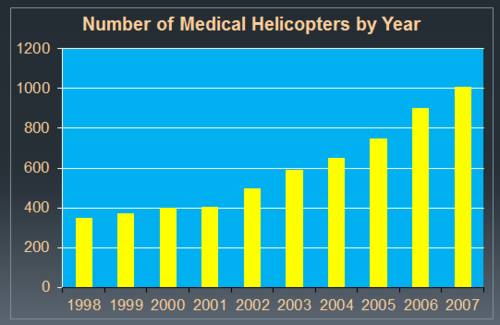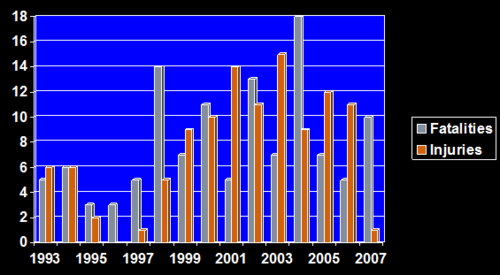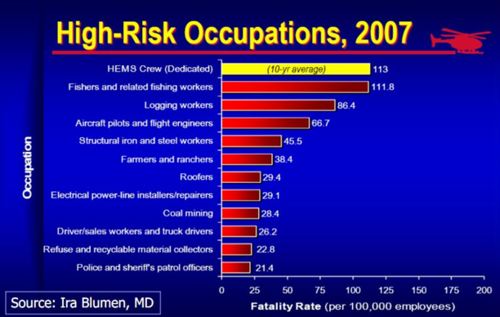A few months ago, I started to notice a new piece of information coming across on my trauma activation pages: point of care lactate level. I had heard nothing about this prior to these pages, and was curious to know whether this was a new policy/practice, or some study that was in progress. So, of course, I had to do a little bit of reading to find out what was up with that. I’ll share that with you today.
Serum lactate has been used since forever in the inpatient setting, especially in the ICU. It is used as a surrogate for tissue hypoxia and/or metabolic acidosis. A number of studies have found that hypoperfusion is frequently underappreciated, since we tend to use crude vital signs (BP and pulse) which may look normal in early hypovolemia. Serum lactate guided therapy has been shown to improve survival in some studies, and can indicate that resuscitation is proceeding appropriately. Patients who do not show early improvement in their lactate levels are more likely to be refractory to resuscitation, and have higher mortality.
So it would make sense that if prehospital trauma professionals could identify occult tissue hypoperfusion in the field, appropriate resuscitation could start earlier. And nowadays, one can find a point of care device to measure just about anything. Thus, the extra tidbit of information on my trauma pages.
But remember, just because something makes sense doesn’t mean that it actually works. Thus, a group at the University of Birmingham (in the UK) did a systematic review of the literature through 2015, looking specifically at lactate levels obtained in the prehospital setting.
Here are the factoids:
- Of the 2,415 articles screened, only 7 were suitable for analysis
- These studies were judged to be of “low” or “very low” quality
- The methods by which the lactate level were obtained (venous vs capillary), timing, and documentation were highly variable
- The authors concluded that there is not yet enough data to support point of care lactate in the field
Bottom line: Point of care lactate drawn in the field would seem to be a good idea. Unfortunately, there aren’t any studies yet that are good enough to make this a standard practice. As with any new technique, if there’s no data then you MUST participate in a well designed study so it can be shown, yea or nay, that the practice is a good one. So join up!
Reference: Prehospital point-of-care lactate following trauma: a systematic review. J Trauma 81(4):748-755, 2016.





